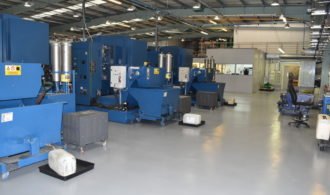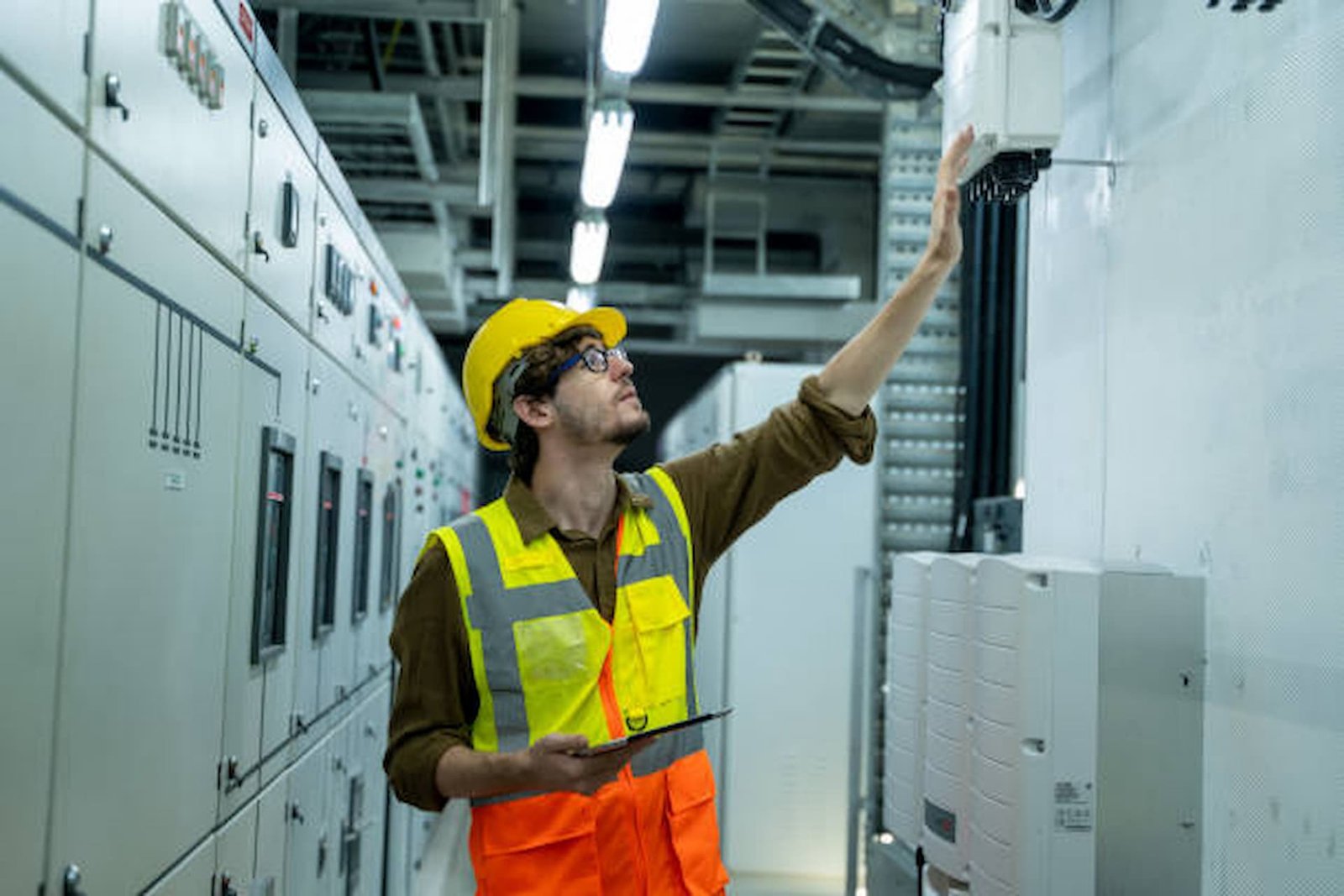There are several different challenges that architects, engineers, and others will face when installing a concrete flooring solution for their facilities.
There is a variety of options to choose from, which can make the selection process more frustrating and confusing than it needs to be. There are certain considerations for installing concrete flooring systems, including the following.
Foot and Vehicle Traffic Levels
The first factor in selecting a concrete flooring solution is the volume of traffic that you anticipate the floor will regularly experience. Some facilities such as storage warehouses may experience more vehicle traffic from forklifts than other types of facilities that only experience foot traffic from staff.
The floor’s traffic type and levels will ultimately influence the decision regarding which resinous material to apply. Applications with heavier traffic will benefit from durable epoxy, for instance, while locations with lower traffic levels are more compatible with materials like polyurethane.
The Intended Purpose of the Floor
The use of the space will also help determine which type of concrete flooring system to install. For instance, if your flooring is vulnerable to damage from lactic acid in a milk or dairy production facility, you shouldn’t use epoxy because of the risk of yellowing and corrosion. Instead, consider PMMA or polyurethane flooring.
However, environments that work with more dangerous materials such as sulfuric acids will want to utilize either PMMA or epoxy. PMMA is also ideal for areas that require a consistently hygienic environment.
Budget Constraints
While the application of the concrete flooring solutions will be a more important consideration above budget, you should make sure you avoid going over your available budget with any installation. Keep in mind that the overall flooring expenses will include the cost of materials and the installation itself.
You will also need to consider maintenance costs and the overall amount of time spent waiting for the installation to finish, including the curing process.
Environmental Factors
Several types of environmental conditions could affect the decision made on concrete flooring installations. These factors could include humidity, temperature, and exposure to harsh weather or other conditions. Polyurethane is ideal for high-temperature environments, along with epoxy. PMMA is also notably durable and scratch-resistant.
Color of the Flooring
Color is another element to consider when choosing the right flooring, as the color will influence the process of cleaning, maintenance, and other aspects of the workspace. For spaces with minimal natural light, a lighter color may make the room look brighter. White floors and other lighter colors such as cream can look great, but they are also often a challenge to keep consistently clean.
Concrete Floor Finishes
Concrete floors can also benefit from many different types of finishes. One such finish is an anti-skid coating that help prevent slip and fall accidents, particularly when wet. Other coatings are available to keep floors protected from damage caused by heavy vehicles, chemicals, or corrosion.
Each of these factors will help you determine how to approach the installation process for your concrete flooring, but you’ll truly benefit from consulting flooring experts if you want high-end results.




